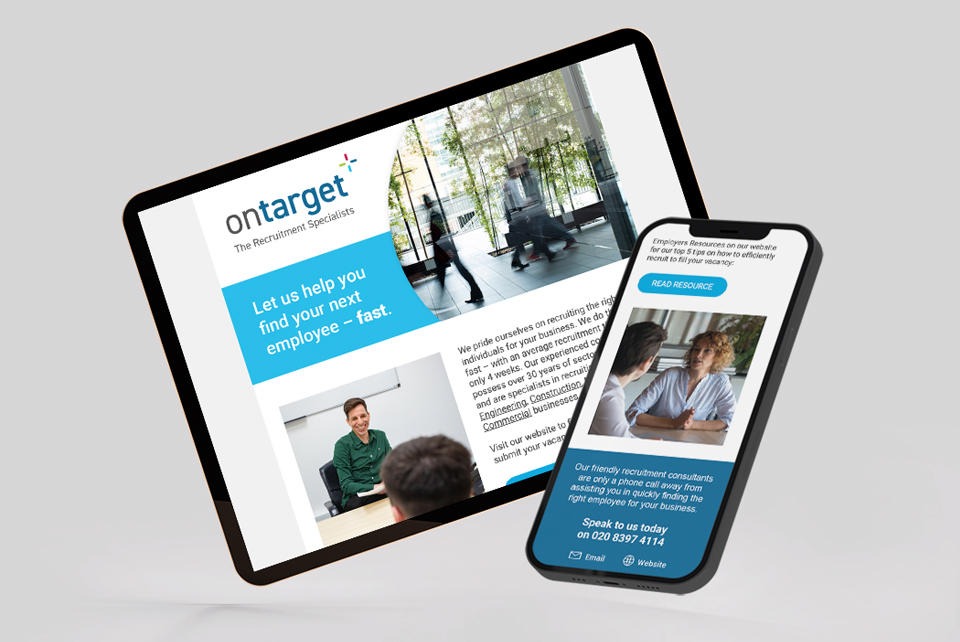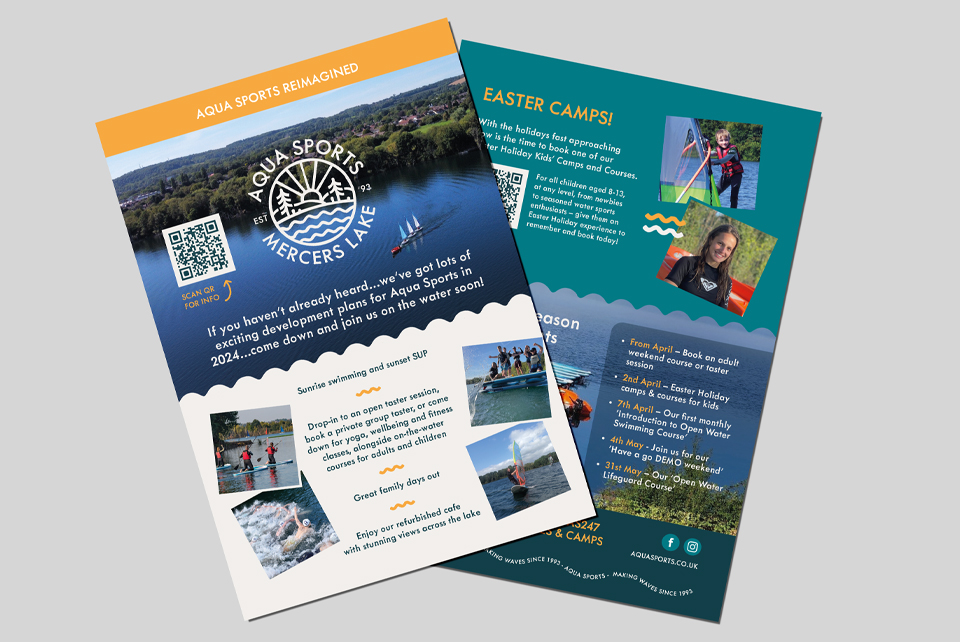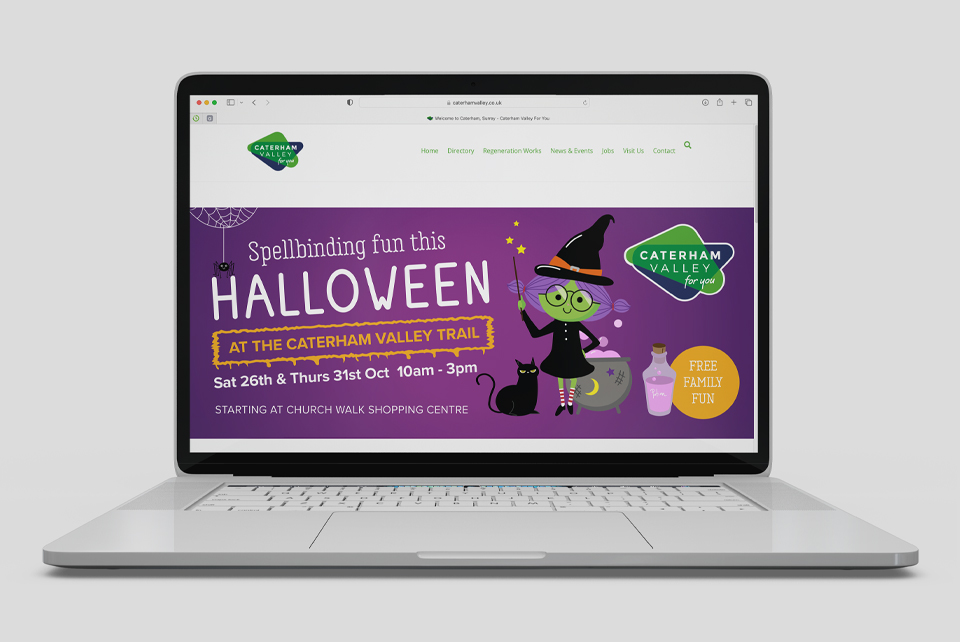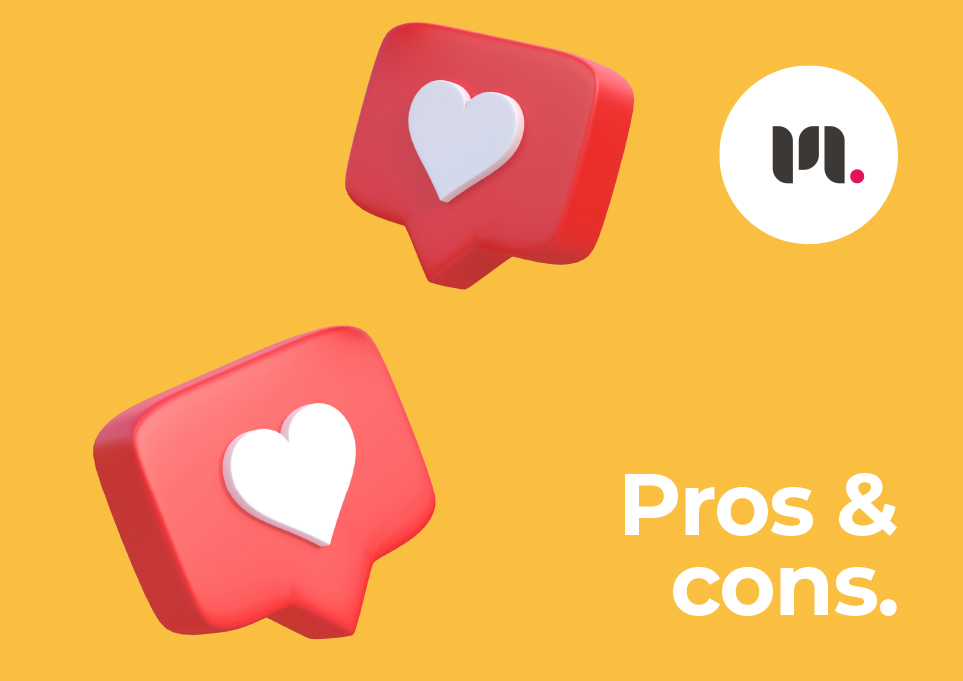Having taken a detailed look at the pros and cons of digital vs print for big budget brands – this week we’re taking a more practical approach for brands operating on a local scale.
What’s the most effective approach for a community facing grass-roots focused campaign where reputation, sales and customer acquisition are the key metrics for success?
When is it best to prioritise print? And, if your budget is small where should you invest your money to pack the biggest punch?
Digital for local...
Quick to pull together, easy to edit, update and utilise for sophisticated omni-channel campaigns, digital is a great go-to when both time and budget are limited.
Not only that, digital has the potential to reach a relatively large, very targeted audience demographic, helping raise brand awareness, communicate your brand personality and link directly to retail.
Digital formats explored…
Customer e-shots
Digital e-shots provide a cost-effective solution to communicate your services, new product launches, product collections, events and news to an existing database of supporters.
They can be written and edited relatively quickly, plus if customer acquisition is your goal, targeted data can be purchased comparatively cheaply – giving direct access to an untapped pool of potential new customers.
What’s more, with easy to use, intuitive mail clients like MailChimp and HubSpot you can design beautifully crafted templates for free, ensuring your brand identity is consistent across all customer communication. The result is a professional shop window, that showcases your brand in a controlled creative way.
Utilising the template functionality to create a collection of templates (e.g. one for news / one for product launches / one for services) also means you have a library of ‘ready to use’ formats.
Upgrade to a paid for subscription and you can make use of comprehensive metrics to track the success rate of each email campaign, helping you build a more strategic approach based on open rate, best time to send and more.
How to create the most engaging content
Stick to the rule ‘shorter is better’ when it comes to customer newsletters. It’s incredibly easy to imagine your customers will find every aspect of your business as fascinating as you do, but most people are time poor and will skim read even the most riveting of newsletters.
With that in mind: short, personalised, succinct copy focused on a single theme or product that includes a direct call-to-action (e.g. book now / purchase with the discount today etc..) will deliver the best results.
And, if budget allows, invest in professional photography, a professional copywriter and graphic designer for a campaign that really stands out in the crowd.
When to send an email
Just like an advertising campaign, customer e-shots should be strategic to get the best results. Don’t scatter-gun updates or send these out reactively. Pull together a long-term plan that is centred around a regular programme of newsletters sent on the same day or date each month with a few tactical campaigns peppered in between.
Utilise key periods on the calendar to theme and anchor the dates e.g. Valentine’s Day, Christmas, or your own key business sales periods.

Door drops
Beautifully designed flyers, booklets and literature really do stand-out on todays’ neglected doormats. As previously explored, when executed well print increases the sense of trust consumers have for a brand, it’s highly memorable, it feels meaningful and communicates a sense of longevity and heritage.
Integrated with digital activation e.g. a QR code that ties directly to an offer, contact page, retail site or newsletter sign-up and print has the potential to be measured using the same type of metrics a digital campaign is centred around.
Print in the format of door-drop brochures or flyers are a far more cost-effective alternative to billboard print advertising.
In fact, with the Pfeiffer Report highlighting an industry response rate of 3.5% (meaning 35 people in every 1,000 will respond to your offer) the ROI is reliable.
What about copy?
When printed materials include a discount voucher or promotional offer they are 50% more likely to be kept for more than a week. So if it’s relevant to your services or products consider leading with a time sensitive offer, linked to a digital activation so you can track the success.
Much like a digital newsletter keep copy clean, bold and short, with a clear and direct call-to-action.
What about distribution?
Services like the Royal Mail’s door drop distribution service make it incredibly easy to create a highly targeted campaign with options to select specific areas, postcodes and towns.
Support the door drop campaign with digital activation of the same campaign via your social media platforms and customer newsletters and you have a cohesive multi-channel campaign that delivers a consistent message.

Community activation
Community activation, when blended with print and digital media combine to deliver a 360-degree brand experience, the ultimate omni-channel campaign.
Inviting your target demographic to take part in / become part of something is the absolute way to engage your audience, creating a lasting memorable brand experience that will help shape and inform future buying and behavioural decisions.
A community focused campaign like the Caterham BID – a project focused on improving the local business district, includes a series of seasonal community activation events that work across multiple channels to help drive high street footfall.
Integrating locally placed banners, in-store signage, a digital campaign (which includes social media and community newsletters), posters, leaflet distribution and a colouring competition, culminating in one High Street based trail challenge for families, works by bringing consumers onto the High Street, physically delivering the target audience to engage with the destination being promoted.
Event day activity with a viral focus in the shape of a branded photo backdrop, printed trail sheets and immersive experience with themed actors and entertainment, completes the campaign and guarantees community focused sharing of key activities, messages, branding and participation across social media channels.
Leading with print to advertise this initiative, digital plays a supporting role for Caterham BID, helping to reinforce key messages, maximising investment and results.

With such a comprehensive roll-out of marketing materials and activation there is a huge amount that can be learned by this type of campaign:
- Take time to plan – during the planning phase of your campaign consider every touch-point available to your unique business (print, digital and events work together to maximise impact). And many (e.g. social media and customer e-shots) come with a very reasonable price tag
- Maximise investment - if you’re spending your budget on content creation – whether copywriting, photography, graphic design or video make the most of this investment by using it across multiple channels
- Consistency is key – utilise the same branding and campaign theme to increase the impact
- Consider the call to action and messaging – how do you want consumers to engage – can you hand an element of content creation to you target audience?
- Annual seasonal events provide a regular opportunity to showcase your brand whilst reinforcing your messaging and values - What key events will you tap into regularly? Plan your campaign around seasonal events and activities to help shape and anchor your campaigns
Ultimately, strategic planning is critical to maximise the effectiveness of any marketing campaign. Reactive activity (e.g. ad-hoc social posts) may underpin key messages and reinforce your brand, but it’s the comprehensive, multi-channel executions that work best to deliver measurable, impactful results.
If you are a small business considering opting for print or digital marketing, get in touch to find out how we can help.
